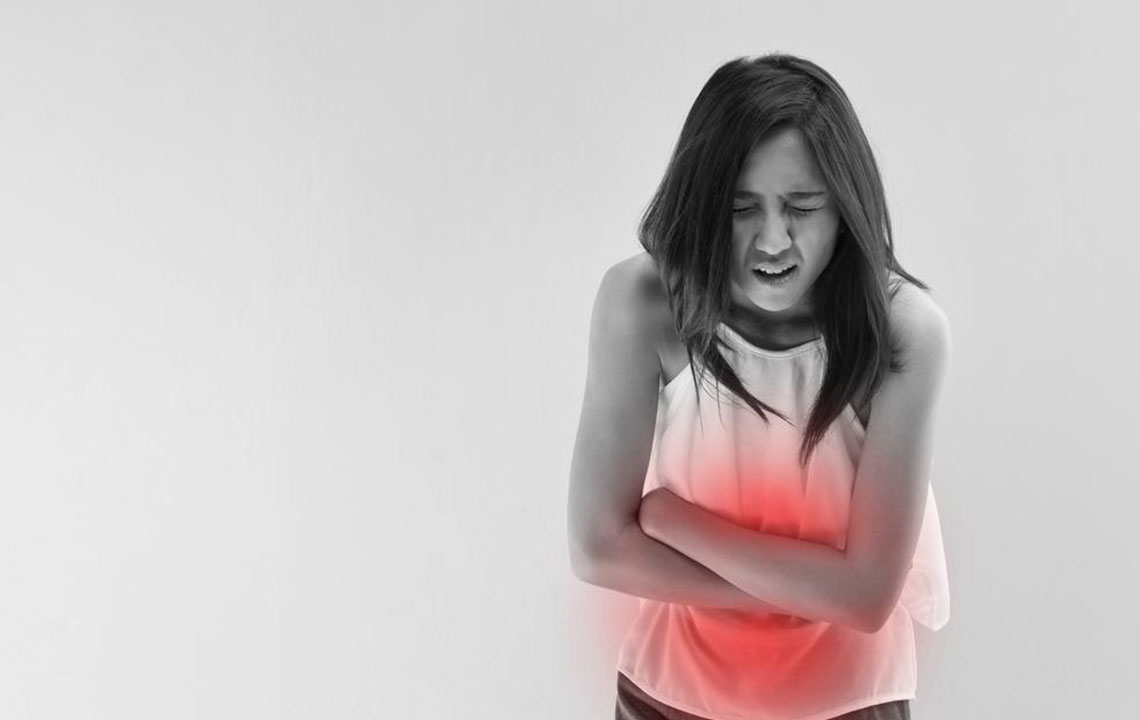Simple Tips to Treat Hemorrhoids

Hemorrhoids, commonly known as piles, is a disease characterized by swollen veins that are located in the lower rectum or around the anus. As per studies, nearly every 9 out of 10 people experience hemorrhoids from time to time. Therefore, it is necessary to know the symptoms along with different hemorrhoid treatments option that can help us tackle it efficiently.
There are two types of hemorrhoids; they can either be external or internal. External hemorrhoids, as the name suggests, usually develop outside of the anus. Internal hemorrhoids, on the other hand, develop within the rectum or anus.
External hemorrhoids are found to be more troublesome and pain causing. Before discussing different hemorrhoid treatments, let’s look at the symptoms first. Below mentioned are some of the symptoms of hemorrhoids.
- Itching coupled with pain around the anus.
- Irritation and swelling near the anus.
- Fecal leakage
- Extreme pain during bowel movements
- Blood discharge on the tissue after passing stool.
Hemorrhoid treatments
Pain relief – If severe pain is experienced, it is best advised to soak the affected area in a tub of warm water for a minimum of 10 minutes. This is a good option for relieving pain. Using a hot water bottle is also a good option to relieve pain caused due to external hemorrhoids. However, in case the pain becomes unbearable, an over-the-counter medicated suppository can be used to get relief from itching and burning.
Fiber supplements – When suffering from constipation, it is best to use fiber supplement as it helps in help softening stool and makes bowel movement easier. Psyllium and methylcellulose are two common over-the-counter supplements of this type for hemorrhoid treatments.
Home remedies
- Maintaining good personal hygiene is a must. Basic hemorrhoid treatments include cleaning of the anus with warm water every day while taking a shower. Dry or rough toilet paper should not be used to wipe after a bowel movement as the skin down there is sensitive and can get swollen.
- A cold compress is another hemorrhoid treatment option. Using a cold compress on the affected area helps reduce hemorrhoid swelling. If the pain persists, having painkillers such as ibuprofen, acetaminophen, or aspirin helps alleviate pain or any discomfort.
- There are over-the-counter topical treatments that help ease pain or discomfort caused due to the external hemorrhoid. Creams such a hydrocortisone or hemorrhoid are good for hemorrhoid treatment. Another good option is to soak anus in a sitz bath for 10 -15 minutes every day.
- Medical procedures – If home treatments fail to ease pain or discomfort, it is good to see a doctor. Doctors advise getting a rubber band ligation. It is a procedure wherein the doctor places a rubber band around the affected area to cut off the circulation of hemorrhoid. This procedure forces hemorrhoid to shrink due to less circulation.
- Another hemorrhoid treatment includes sclerotherapy or injection therapy. In this procedure, the doctor inserts a chemical into the blood vessel, which causes the hemorrhoid to shrink in size.
Prevention
Prevention is better than cure, and the best way to prevent hemorrhoids from developing is by ensuring that the stool is soft. By following these simple techniques, you can easily prevent and reduce symptoms of hemorrhoids:
Eat high-fiber foods – Fruits, vegetables and whole grains have high fiber content and help in softening the stool, thus making it easier for it to pass. The soft tool doesn’t put strain and reduces the chances of developing hemorrhoids. Eating foods with high fiber content also eases gastric problems.
Drink plenty of fluids – Water helps in flushing out toxins and also helps to keep the stool soft. Doctors recommend having at least six to eight glasses of water and other liquids every day to keep tummy problems at bay.
Fiber supplements – Usually people do not include recommended amount of fiber in their diet, i.e., 25 grams for women and 38 grams for men. By including over-the-counter fiber supplements Citrucel and Metamucil, a person suffering from hemorrhoid can reduce bleeding from hemorrhoids. Also, these supplements help in softening the stool.
Don’t strain – Never put pressure when trying to pass stool. This is because putting pressure creates stress in the veins in the lower rectum. Also, don’t hold your breath while passing stool; it put an enormous amount of pressure on the veins.
Don’t hold it – It is advised to clear the bowel system when the urge is experienced. Controlling it for a longer period not only makes the stool hard but also makes it difficult to pass.
Exercise – Exercising regularly not helps shed those extra pounds which can be the reason for hemorrhoids but also makes stool passing easy. Exercising keeps a person active and also prevents constipation.
Avoid long periods of sitting – Long period of sitting and standing puts too much pressure on the veins in the rectum. Also, sitting for too long on the toilet also increases pressure on the veins in the anus.


